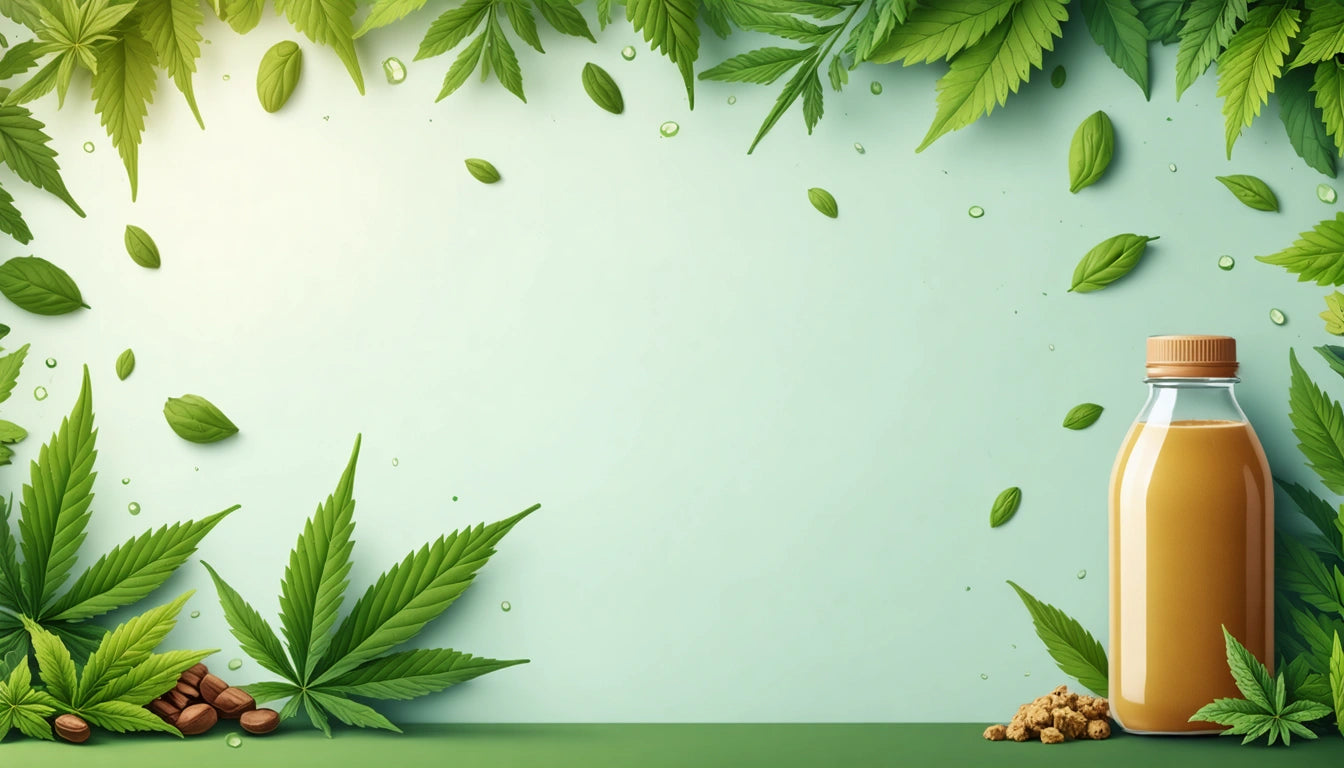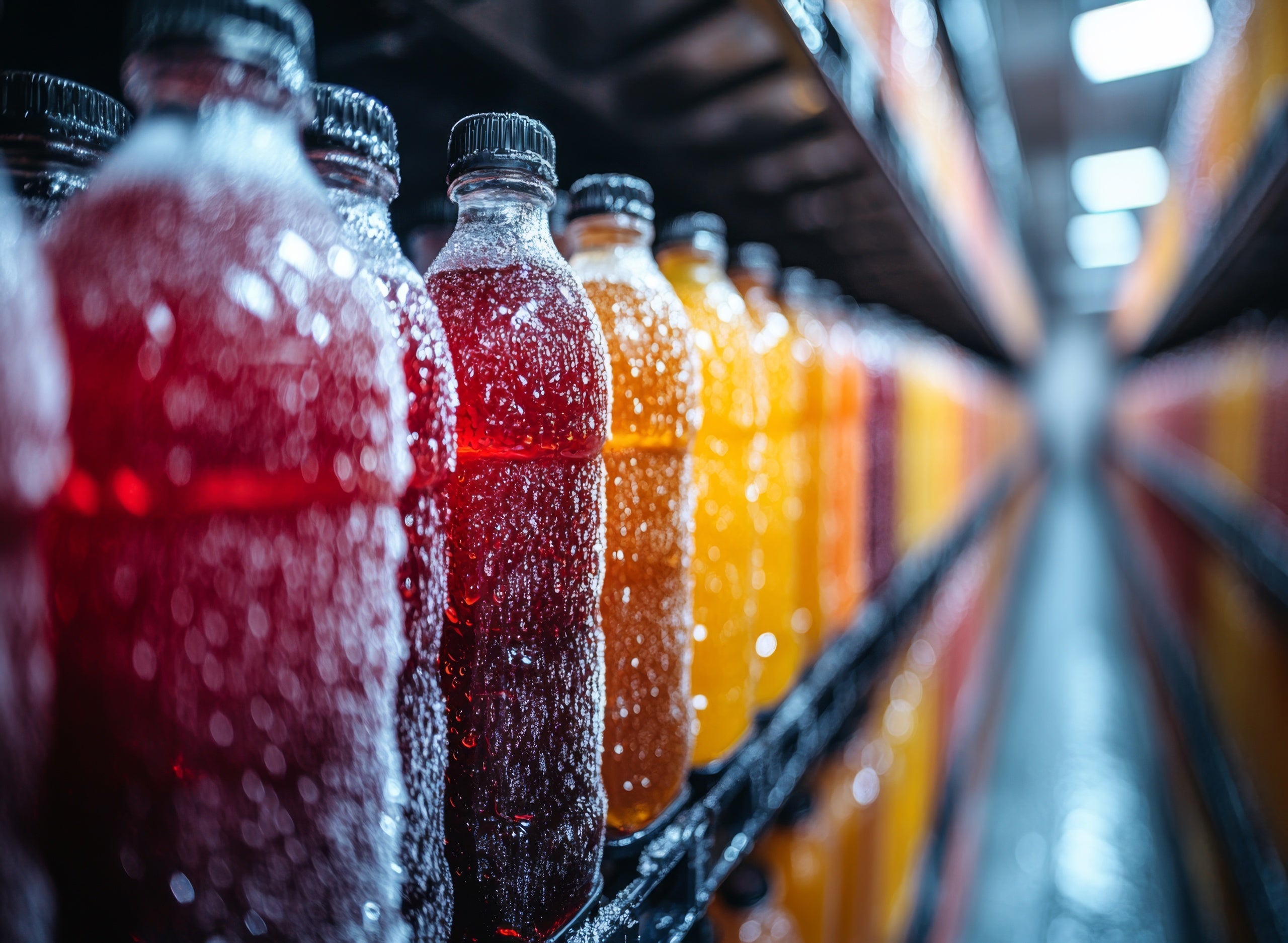Table of Contents
The cannabis industry faces unique challenges when it comes to packaging edible products. While regulatory compliance demands child-resistance, opacity, and tamper-evidence, consumers increasingly expect brands to minimize environmental impact. This guide explores viable sustainable packaging options for cannabis edibles that satisfy both compliance requirements and eco-conscious consumer demands.
Sustainability Challenges in Cannabis Edible Packaging
Cannabis edibles present distinct sustainability hurdles compared to other product categories. Child-resistant mechanisms often require additional materials or complex designs that traditionally rely on non-recyclable plastics. According to industry research on sustainable edible packaging, the cannabis sector generates significant packaging waste due to these stringent requirements.
Key challenges include:
- Balancing child-resistance with recyclability
- Finding opaque materials that remain eco-friendly
- Maintaining product freshness without excessive packaging
- Meeting varying compliance standards across different markets
These challenges are compounded by the need for brands to balance shelf appeal with discretion in their packaging design, often leading to additional material usage.
Eco-Friendly Materials for Edible Packaging
Biodegradable Options
Biodegradable materials offer promising alternatives to traditional plastics. PLA (polylactic acid) derived from corn starch or sugarcane provides a compostable option for rigid containers. Hemp-based plastics are another emerging solution with natural biodegradability and reduced carbon footprint during production.
Recyclable Solutions
Recyclable materials remain a practical choice when designed thoughtfully. Recycled PET (rPET) and HDPE plastics can be incorporated into packaging for gummies, chocolates, and beverages while maintaining necessary barrier properties.
The comparison between these approaches is explored in depth in this analysis of biodegradable versus recyclable packaging, which helps brands make informed decisions based on their specific product needs.
Balancing Sustainability with Regulatory Requirements
Achieving sustainability while maintaining compliance requires strategic material selection and design considerations. Brands must ensure their packaging meets labeling requirements for cannabis edibles without compromising eco-friendly goals.
Child-Resistance and Sustainability
Innovative child-resistant mechanisms can be incorporated into sustainable designs. Paper-based packaging with specialized folding techniques can achieve child-resistance certification while remaining recyclable. Our industry partners have developed equipment like specialized processing machines for cannabis materials that can work with sustainable substrates while maintaining necessary safety features.
Opacity Requirements
Opaque packaging is mandated in many jurisdictions to prevent marketing to minors. The importance of opaque packaging for edibles extends beyond compliance to product preservation. Sustainable solutions include:
- Tinted glass containers (recyclable)
- Plant-based opaque films (compostable)
- Paper-based pouches with natural mineral coatings (recyclable)
Innovative Sustainable Packaging Solutions
Forward-thinking brands are implementing creative approaches to sustainable packaging while maintaining compliance and product integrity.
Minimalist Design Approaches
Reducing material usage through thoughtful design represents a fundamental sustainability strategy. Brands are eliminating unnecessary layers and components while ensuring their packaging still meets compliance requirements.
Reusable Packaging Systems
Some dispensaries are experimenting with container return programs, where consumers can bring back empty packaging for cleaning and reuse. These programs work particularly well with durable materials like glass or metal containers.
Smart Packaging Integration
Smart packaging technologies can enhance sustainability by providing accurate dosage information and freshness tracking without requiring additional printed materials. QR codes linking to digital information reduce the need for extensive on-package printing.
Implementation Strategies for Brands
Transitioning to sustainable packaging requires careful planning and execution. Brands should consider these practical steps:
Material Assessment and Selection
Conduct a thorough analysis of available sustainable materials that meet your specific product requirements. Consider factors such as:
- Moisture barriers for product freshness
- Light protection capabilities
- Structural integrity for child-resistance
- End-of-life options in your target markets
This assessment should include reviewing packaging options that extend shelf life while remaining environmentally responsible.
Consumer Education
Clear communication about your sustainable packaging choices helps consumers understand proper disposal methods. On-package instructions and QR codes linking to detailed information can guide consumers on recycling or composting your packaging correctly.
Phased Implementation
Consider a gradual transition to sustainable packaging, starting with pilot programs or limited product lines. This approach allows for testing and refinement before full-scale implementation.
Future Trends in Sustainable Edible Packaging
The landscape of sustainable packaging for cannabis edibles continues to evolve rapidly. Emerging trends include:
- Plant-based plastics with improved barrier properties
- Water-soluble films for single-dose edibles
- Advanced paper-based solutions with enhanced moisture resistance
- Mono-material designs that simplify recycling
As regulatory trends in edible packaging continue to develop, we can expect increasing alignment between compliance requirements and sustainability goals. Forward-thinking brands that invest in sustainable packaging now will be better positioned to adapt to these evolving standards while building consumer loyalty through environmental responsibility.
By carefully balancing compliance needs with sustainability goals, cannabis edible brands can create packaging solutions that protect both their products and the planet. The investment in sustainable packaging not only meets growing consumer expectations but often leads to cost savings through material efficiency and brand differentiation in an increasingly competitive market.











Leave a comment
All comments are moderated before being published.
This site is protected by hCaptcha and the hCaptcha Privacy Policy and Terms of Service apply.